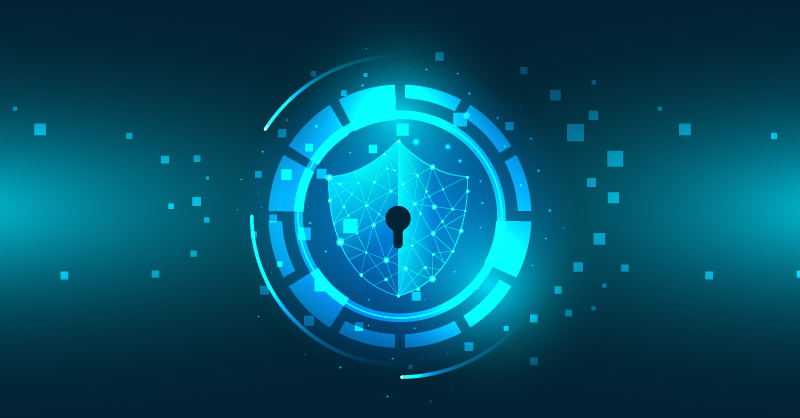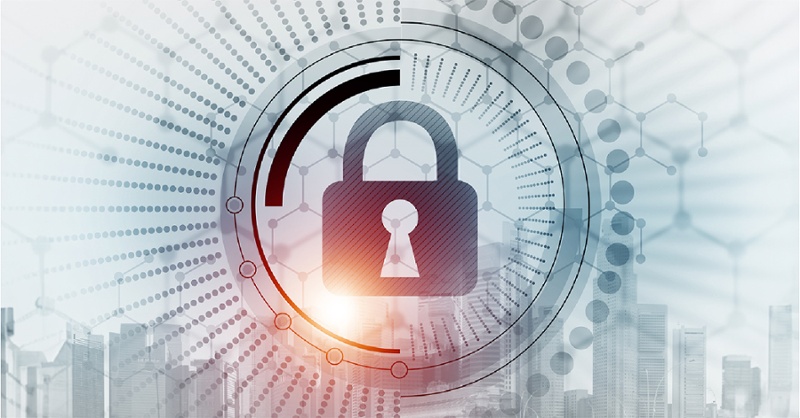Data and technology are pervasive today, and organizations rely heavily on data for their business operations. However, with this increasing reliance on data comes an increased risk of cyberattacks, which can compromise the confidentiality and integrity of the data. To mitigate this risk, organizations need to take network security seriously.
Why Is Network Security So Important in Today's Scenario?

In today's digital landscape, protecting critical data from potential threats is of the utmost importance. To stay ahead of the curve and prevent setbacks or financial losses, it is crucial to invest significantly in network security. Network security is implemented in three primary areas: administrative, technical, and physical. Each of these areas plays a critical role in ensuring comprehensive security measures. Let's examine them in detail.
- Physical security pertains to safeguarding the tangible components of network security, such as servers, routers, switches, and data centers. This involves implementing measures such as tracking, physical barriers to prevent unauthorized access, secured server rooms, access control systems such as biometric scanners or keycard systems, and other similar tactics.
- Technical security, on the other hand, involves leveraging technology to protect the network from cyber threats. This encompasses network design considerations such as segmentation and the use of virtual private networks to minimize vulnerabilities. It also involves implementing security updates and patches regularly and deploying firewalls, intrusion detection systems (IDS), encryption, and antivirus software.
- Administrative security pertains to the policies, rules, and procedures put in place to oversee and maintain network security. This includes incident response plans, access control policies, employee safety education, password and multifactor authentication protocols, user authentication systems, and routine security audits and assessments.
Risk Management Framework
-1.jpg?width=800&height=418&name=Network%20Security%20and%20Risk%20Management%20-%20Blog%20poster-01%20(1)-1.jpg)
To achieve effective network security, organizations need to plan for risk management. This involves identifying potential risks and vulnerabilities, assessing the likelihood and impact of those risks, and implementing appropriate controls to mitigate them. By taking a proactive approach to network security and risk management, organizations can ensure the safety and security of their data, minimize the risk of cyber attacks, and maintain the trust of their customers and stakeholders.
The Risk Management Framework is a critical process that organizations must follow to manage risks to their information security systems and critical infrastructure. The framework consists of five steps:
- Risk Identification: The first step involves identifying and categorizing all types of information, assets, and information systems that need to be accounted for, as well as the roles and responsibilities of those who operate them.
- Security Control Selection: The second step involves selecting security controls to protect the confidentiality, integrity, and availability of the organization's information security systems and critical infrastructure.
- Assess the Security Control: The third step involves benchmarking the security and privacy controls of the organization, using assessment procedures to check proper implementation and ensuring they achieve desired outcomes.
- Authorize System: The fourth step involves utilizing reporting mechanisms to determine if permitted risks are acceptable and track the failed controls. Obtain permission and oversight from stakeholders and organizational representatives to keep everybody informed.
- Monitor Security Control: The final step involves continuously automating the monitoring process to maintain security posture, ensuring compliance with existing regulations, and adapting to new ordinances upon release. An integrated automated solution can automate these activities.
By following the Risk Management Framework, organizations can effectively manage risks to their information security systems and critical infrastructure, ensuring the confidentiality, integrity, and availability of their data.
AI in Network Security

Artificial intelligence (AI) has revolutionized how real-time network security is monitored, analyzed, and responded to. With its ability to analyze massive amounts of data and identify patterns based on large sets of secured data, AI has significantly reduced the time involved in detecting incoming internet traffic and responding to threats. The traditional method of manually analyzing known threats and harmful code signatures has become obsolete with the advent of AI.
Also read: Is Generative AI (GenAI) a Futuristic Extension of Cybersecurity or a Cyber Threat?
End-to-End Encryption Protocols

End-to-end encryption (E2EE) is another vital tool organizations use to secure their data and information communication. This technique ensures the most secure way of transferring data from the sender to the receiver by encrypting information from when it leaves the sender until it reaches the recipient. Even if there is a disruption in the information transfer process, the data remains unreadable, ensuring complete data confidentiality. Today, the majority of organizations use E2EE to move their sensitive data.
Two-factor Authentication

Two-factor authentication is another security method that adds a layer of protection to a system or network by requiring two forms of identification to access resources and data. This can include time-based one-time passwords, biometric authentication such as facial recognition or fingerprints, and other forms of biometrics. Using 2FA, organizations can more effectively safeguard sensitive information against unauthorized access and potential security threats. Overall, 2FA is an essential aspect of a comprehensive security architecture.
Optimizing network security within the business involves implementing a layered approach that addresses various security concerns. Here are some additional actions:
- Execute a Security Assessment
Examine the security posture as it stands first. Determine the infrastructure of the network's weak points, vulnerabilities, and possible threats.
- Establish Firewall Protection.
Using a firewall that monitors all incoming and outgoing network traffic, this network security equipment determines whether to allow or prohibit particular communication kinds based on established security criteria.
- Track Complete Cybersecurity Metrics
Analyzing the benefits and drawbacks of networks is part of this technique. It has the whole spectrum of cybersecurity metrics. As needed, ongoing security monitoring assists in enhancing security protocols.
In an era dominated by data and technology, don't wait for a cyber incident to strike—proactively strengthen your network security using the above-mentioned proven practices. If you still have doubts, talk to our experts right away. Elevate your network security and risk management practices to confidently protect your valuable data with Dimiour.

